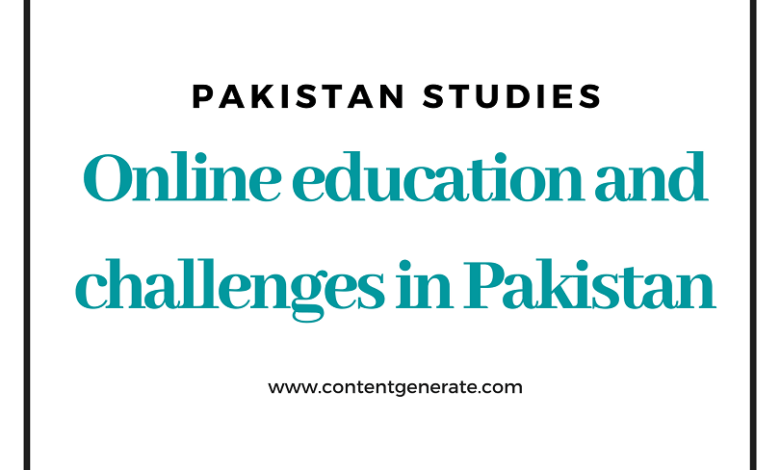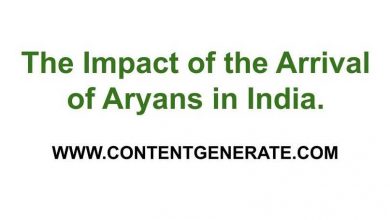Online Education and Challenges in Pakistan
Online education is not that easy as it seems to be

Governments worldwide imposed shutdown of schools to prevent the Corona Virus from spreading among the school children. During this many schools adopted an online mode of education for the first time. After months schools in Pakistan have started to reopen as Corona cases started to decrease.
The closure of schools caused an unprecedented halt in Face-to-Face classroom instruction. Consequently, students had to face difficulties in the continuation of their education. In order to compensate for any educational loss, many school systems in Pakistan adopted an alternative mode of teaching. For this reason, schools took practical steps to adopt the online mode of education as per government directions.
Switching to a totally new way of doing things is not always an easy task. This was true in resorting to the online mode of education too. Issues such as in-access to quality internet service, untrained teachers, and poor ICT infrastructure, the schools were unable to cater to the needs of all students.
Nevertheless, school systems in private sectors did not hesitate to start this new mode of instruction. They had to undertake a rigorous process of training for teachers to equip them with digital skills. These schools were of two types, (a) elite schools where children of affluent families study, (b) normal schools where a major part of the student body comes from middle and lower-middle classes.
I have had a talk with teachers conducting online classes in these school systems, both elite and normal. I came to learn that the average student attendance was between 35-40% in normal schools whereas it was 65-70% in elite schools.
Contents
The reasons for the difference in turn out rate of students in online sessions might be as follows:
Elite School students |
Normal school students |
|
|
According to the table given above, schools with a student body of affluent families comparatively perform better than the normal schools in digital instruction. Thus the students coming from the poor economic background have been at a disadvantage.
Following the government directives, the colleges and universities both in the private and public sectors also started to conduct online classes. According to university teachers, those benefiting from digital learning were a few for the same reasons as mentioned above.
A major part of the student body had to go back to their homes as a result of lockdown. They were faced with the problem of load-shedding, slow or no internet service, etc. Students in Gilgit-Baltistan, Tribal areas, Balochitan, KPK had to climb mountains to catch mobile signals to check and submit assignments but to no avail.



